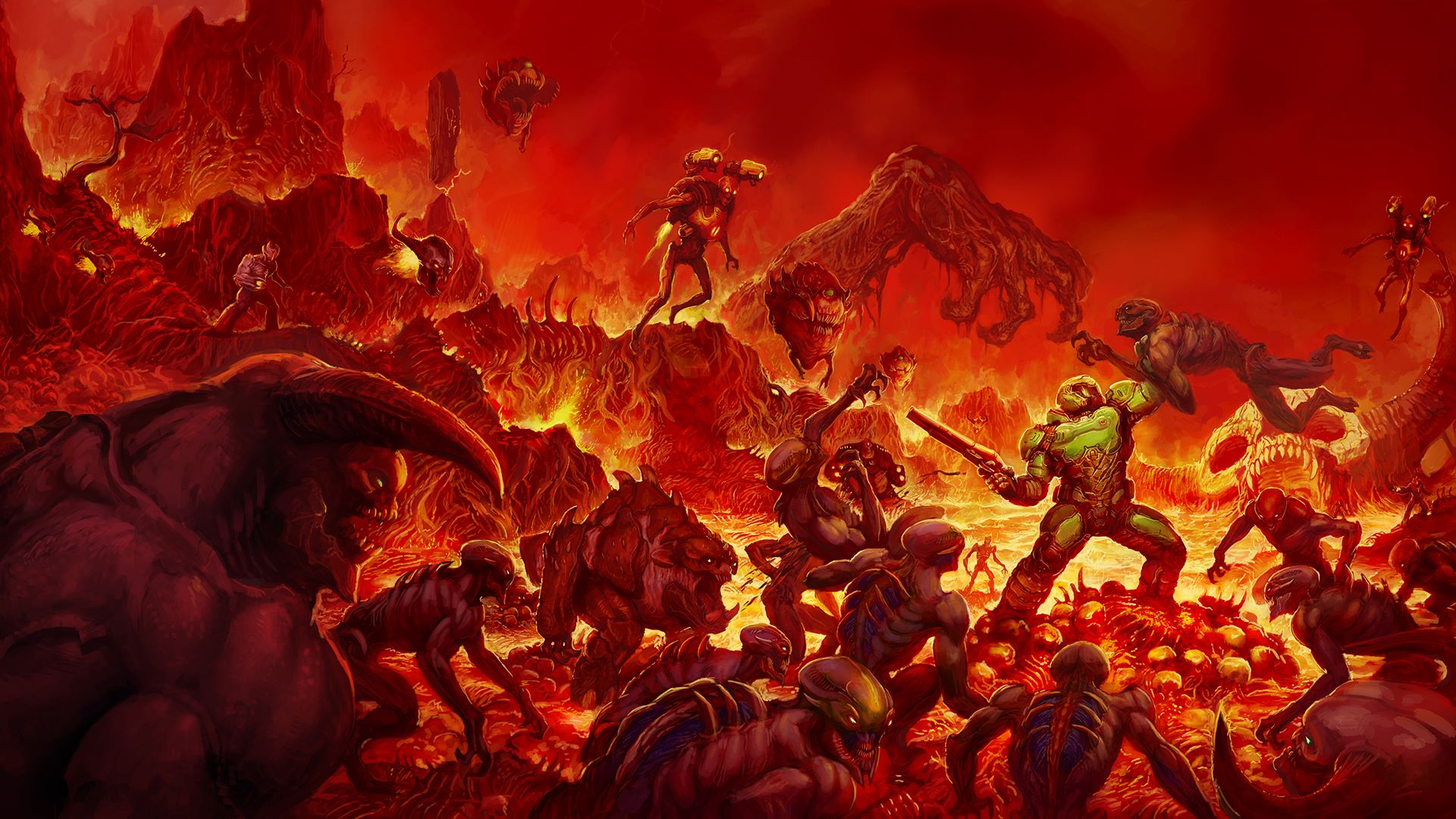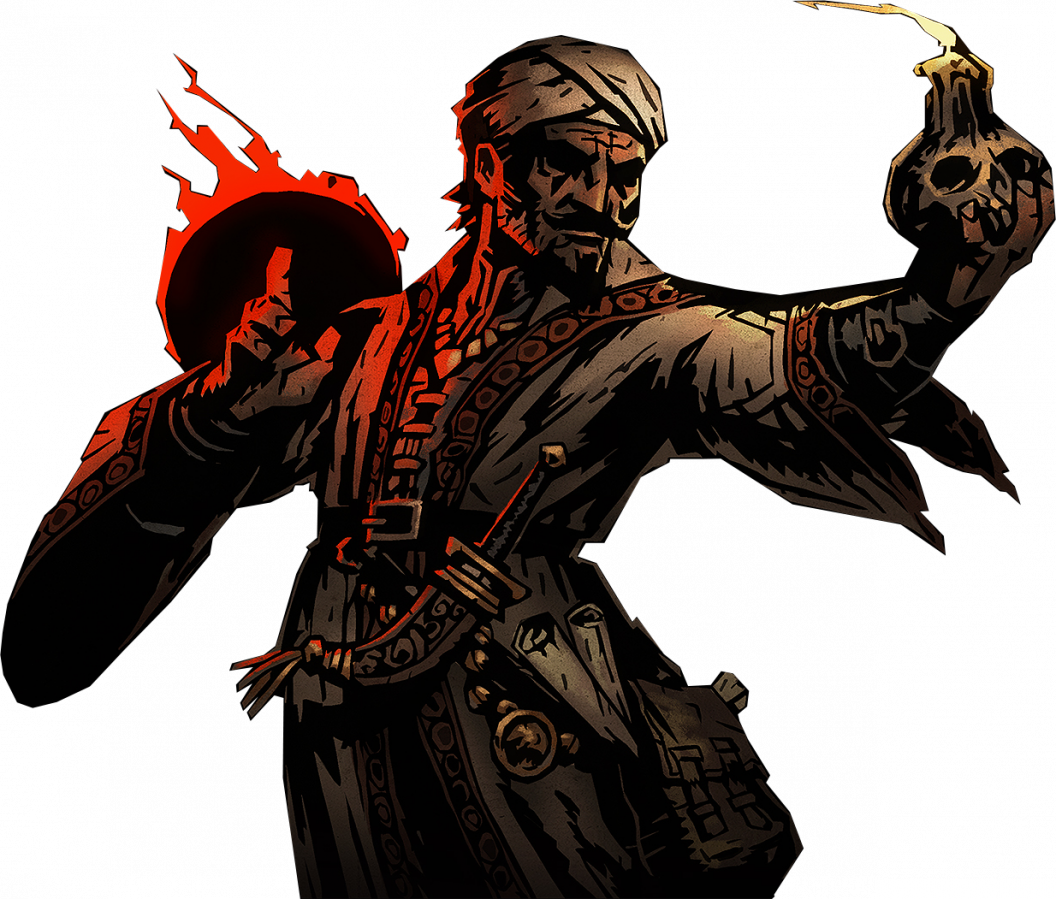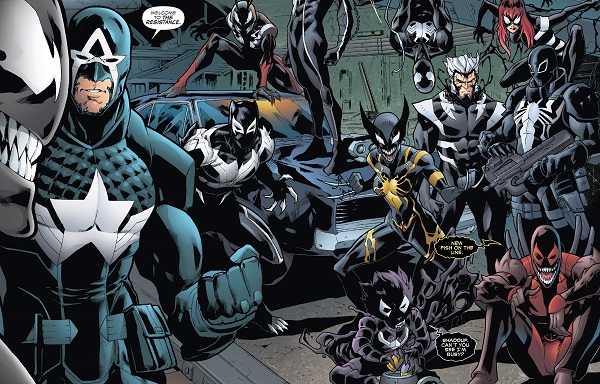HELLWALKERS
Demons invaded the world! Great warriors gathered from every kingdom to drive back the infernal forces!
They died.
15 years passed.
The demons erected a Citadel. A week ago, it began firing jets of green flame into space—a sickly omen. The brave rot in the pale light, but bravery never ensured survival. Scheming hope springs up amid the mud and flame. When heroes fall, HELLWALKERS rise.
 |
| I played the modern Doom and thought it was pretty good. Haven't played the original but I hear it's good too (Doom) |
HELLWALKERS is a hexcrawl/setting/campaign I’m going to write and run in a few months. The Player Characters grew up after demons invaded their world, Asphodel (a moon of the gas giant Charybdis). Adventurers—known as Hellwalkers—journey out into the burning wastes to try to learn why the demons invaded, and, ultimately, save the world from its demon occupation. After the Demon Citadel began firing jets of green flame into space, the player characters took on the Hellwalkers’ quest themselves. If they can survive the hellish environment, if they can save the world, they’ll become true HELLWALKERS.
I just finished running the first campaign that really achieved the goals I set out to achieve at the start (a medieval fantasy pastiche hexcrawl featuring feudal politics and taxes). I might post about it in the future, but today what matters is that I am ever-ambitious, and I have lofty goals for this next project.
 |
| I am excited for the sequel. It is going to have Dark Souls style multiplayer. Also this lightsaber (Doom) |
Goals
Focus on the hexcrawl. In my last campaign, the party spent several sessions’ worth of time sticking inside of single hexes, mostly dungeons and towns. It was great! But I would like to focus my next campaign much more on the hexcrawl part of gameplay, meaning less time delving dungeons and scheming in town and more time traveling overland. There will still be tombs to rob and civilized areas to visit, but there won’t be as much depth to them. The interesting bits will be in the relationships between spread-out locations.
Make a bigger map. The last map was just 8x10 hexes, and the players stayed in a very small area within it, only 6x3 hexes. They were always easily within a days’ travel of town, which reduced the pressure to gather supplies in the wilderness and heal STR damage in town. This time around, the map will be bigger, there will be fewer towns, and there won’t be as many roads.
Run an investigation. This has been sort of a nebulous goal of my last few campaigns. The players wandered around learning things, but it didn’t have any large impact and it wasn’t particularly guided. This time around, there will be major mysteries to uncover. To begin with, the players will be investigating why the demons invaded in the first place, and then, later, what they can do about it. I’ll spread known important locations and NPCs around the map to get them moving.
Run a more challenging (deadlier) game. I am a total wuss. Moonhop’s injury system is good because it removes me from the process—if the players take injuries or die, it will be mostly their fault. At some point, however, I do need to put actually-dangerous things on the map, things that the players won’t outsmart on their first try. Victory is sweeter when it comes after legitimate failure.
Give in to my gonzo science fantasy instincts. Medieval pastiche is fun, but I suspect that I am, at heart, a science fantasy person. I like cyborg, wizards, and cyborg wizards, and I intend to put all three on the same hexcrawl. I’m also going to tap into the OSR favorite Aesthetics of Ruin and try to make a really grand setting for the players to marvel at.
Watch a ragtag bunch of misfits rise to heroism or fall in a blaze of glory. My players definitely played misfits, but they accumulated power a bit more quickly than I’d like and there wasn’t ever much chance of the blaze of glory. I’m going to be more direct with this goal by setting the player goal at “Save the World” and putting deadly obstacles in their way.
 |
| On my last map, numbering started at 0, and let me tell you, that was a really dumb idea |
MAP
I don’t know what all of the stuff on the map means yet. A big part of my process is putting down hexes that I think look cool and then thinking of things to put in them. I’ll try to blog about that process here. Arnold has some good words about the deep comfort of mapmaking.
I used Hex Kit to make this; it’s $15 for the program itself and a little more money for the pretty colored hexes. I recommend it. If you’re strapped for cash, I recommend Hexographer, which is clunkier and not as pretty but perfectly functional.
 |
| The seed of this campaign: “Joan of Arc and Doomguy team up to kick ass.” (Courtesy of Dan at Throne of Salt) |
 |
| DOOT (by Storm Wolf) |











_from_Venom_Vol_2_38_001.jpg/revision/latest?cb=20130801003517)


